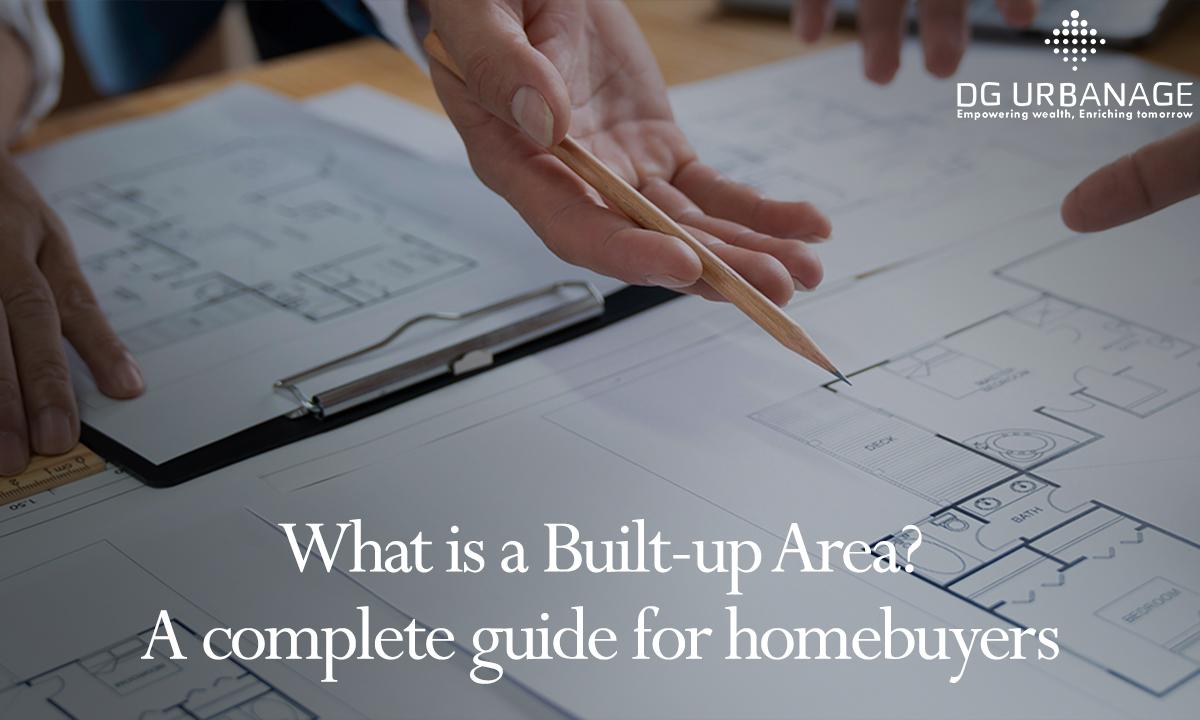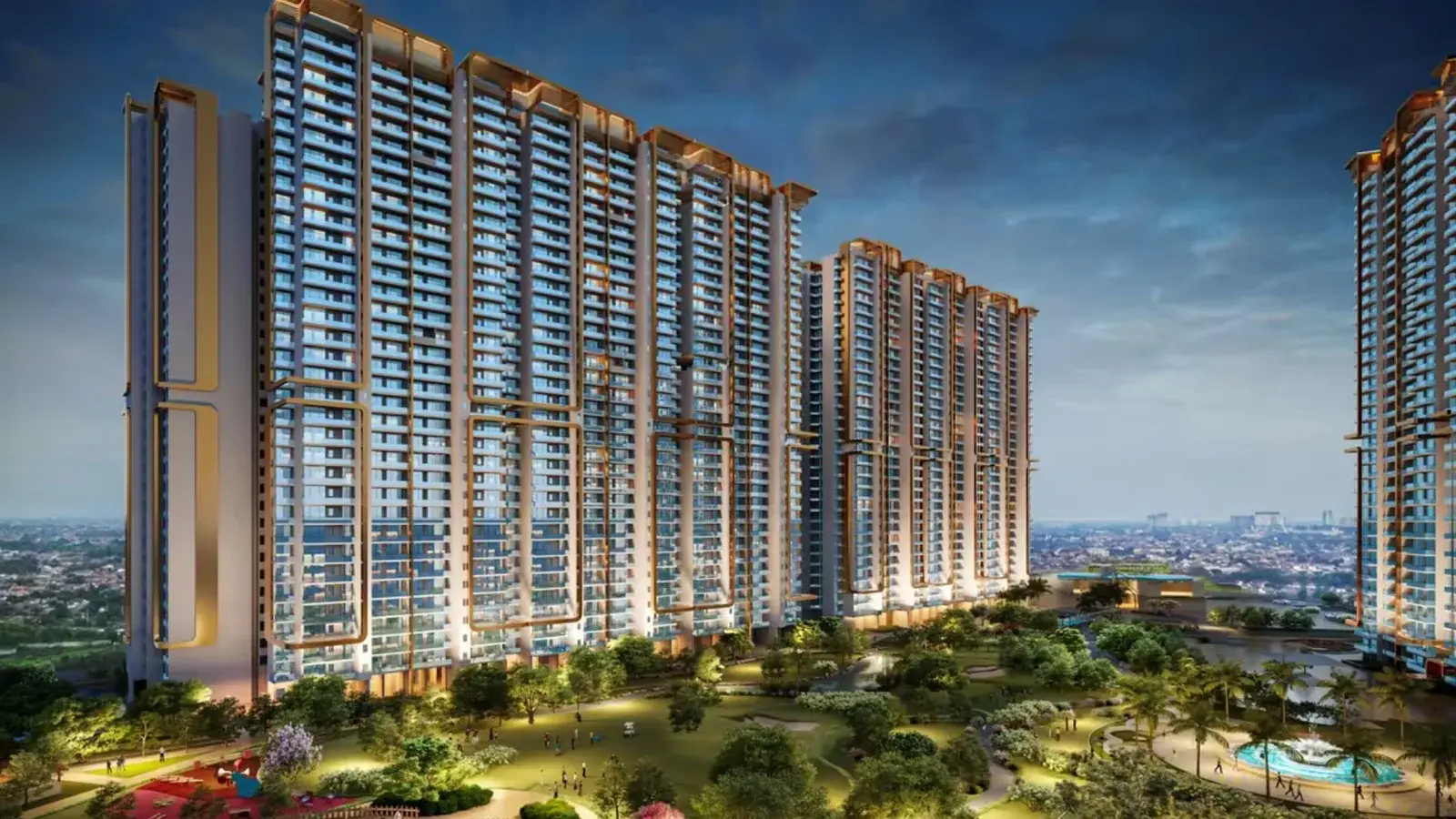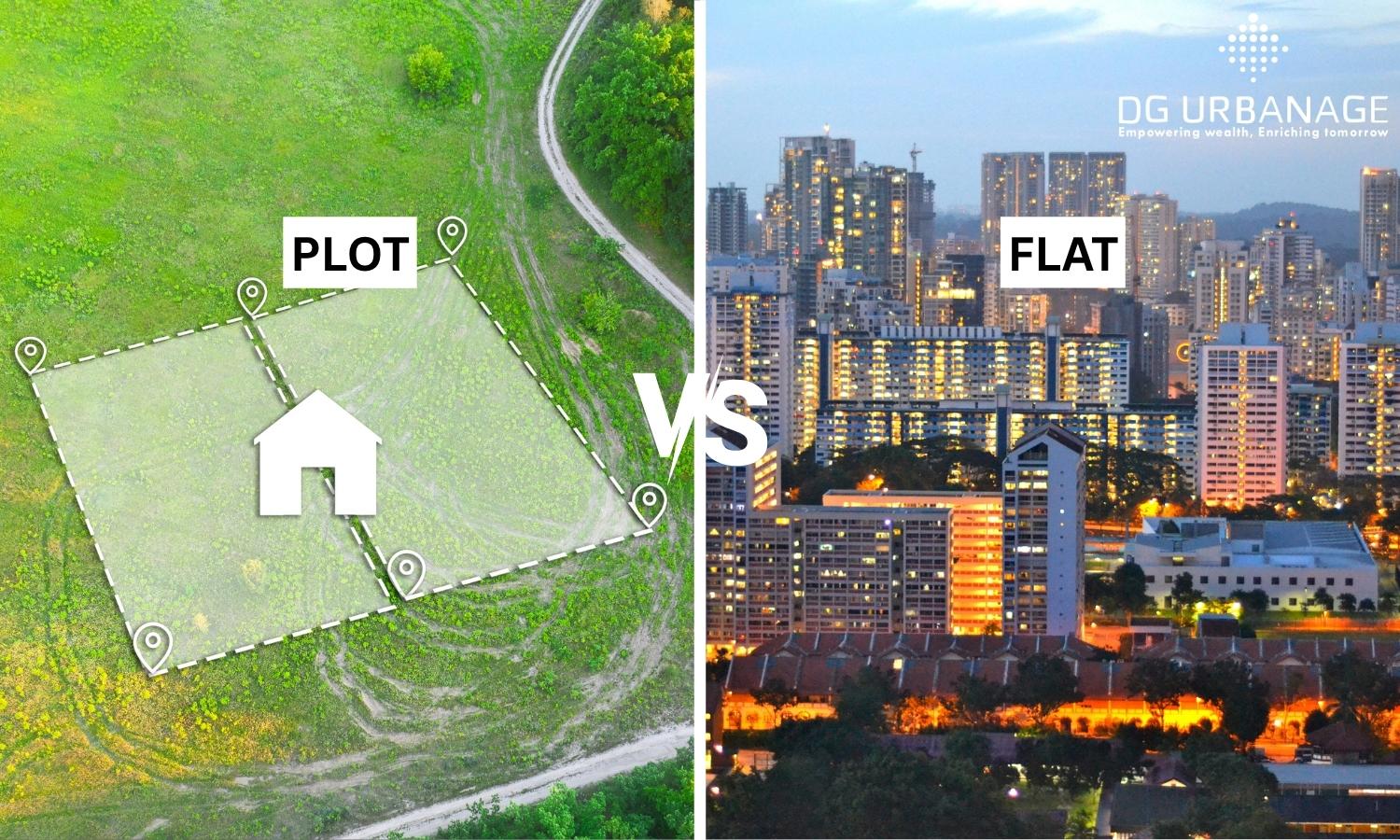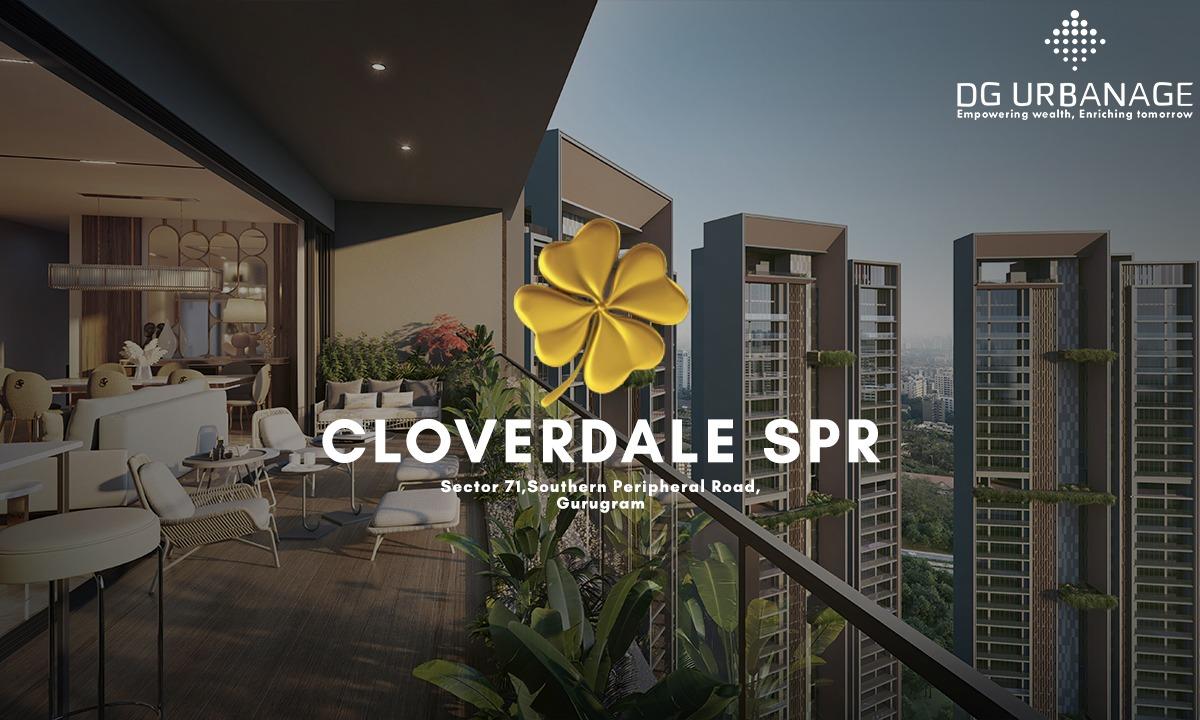
What is a Built-up Area? A Complete Guide for Homebuyers
Knowing what a built-up area means is the first step to making a smart choice when buying a home, because every square foot makes a difference.
Buying a home is a big milestone, and knowing the right real estate terms can help you make better choices. One of the most important — yet often misunderstood — terms is built-up area. It plays a major role in deciding the size, price, and overall value of a property, but many buyers still find it confusing.
What is a built-up area? What does it include? And how is it different from a carpet area or a super built-up area? If you’ve been asking these questions, you’re not alone. In this easy-to-understand guide, we’ll explain everything you need to know about built-up areas—what it means, what’s included, and why it matters when buying a home. Whether you’re buying your first house or adding to your investment portfolio, this blog will help you make smarter, more confident property decisions.
What is a built-up area?
Built-up area refers to the total space that’s been constructed in a home. It includes not just the rooms you live in (the carpet area), but also the thickness of the internal and external walls, plus areas like balconies, covered terraces, and utility spaces.
In simple words, it’s the entire area that’s physically built, not just the part you walk around in. Built-up area gives you a clearer picture of what you’re paying for, and how much of that space is functional versus structural.
Typically, the built-up area is about 10–20% more than the carpet area, depending on the design and layout of the building. Knowing this helps you better understand the true size of the property and make smarter homebuying decisions.
Built-up Area vs Carpet Area vs Super Built-up Area: Know the Difference Before You Buy a Home
When you're buying a property, it’s important to understand the terms used to describe the size of the space, especially carpet area, built-up area, and super built-up area. These real estate terms play a big role in determining the actual usable space you get and how much you pay for it.
Carpet Area
The carpet area is the actual usable space inside your home — the space where you can place your furniture, move around, and live. It doesn’t include the thickness of the walls, balconies, or shared spaces like staircases and lobbies. Think of it as the area you can cover with a carpet.
This is the most accurate measure of your living space.
Built-up Area
Built-up area includes the carpet area, plus the thickness of internal and external walls, and the additional regions like balconies, covered terraces, and utility spaces attached to the flat.
In general, the built-up area is 10–20% larger than the carpet area, depending on the layout and structure of the building.
Super Built-up Area
Super built-up area takes it a step further — it includes your built-up area plus your share of common spaces like staircases, lobbies, corridors, lifts, and amenities such as clubhouses, landscaped gardens, jogging tracks, and more. Developers use this total area to calculate the selling price of the property.
Being clear about carpet area, built-up area, and super built-up area helps you compare homes better and see exactly how much usable space comes with each property. Here’s a simple table to make it easy:
| Area Type | What It Includes | Example (sq ft) |
| Carpet Area | Usable Floor Area Within Walls. | 800 |
| Built-up Area | Carpet Area + Wall Thickness + Balconies + Terrace + Utility | 1000 |
| Super Built-up Area | Built-up Area + Proportionate Share of Common Areas and Amenities. | 1200 |
Understanding the difference between built-up area and carpet area lets you accurately evaluate how much of the quoted space is truly usable, and how much is occupied by walls or common areas. This knowledge is key to making smart real estate choices and getting the best value for your money.
How to Calculate Built-up Area?
When you’re looking at properties, understanding how the built-up area is calculated can help you get a clear picture of the actual space and value you’re getting. Builders usually include the total covered area of a flat, which means not just the rooms you can use, but also the walls, balconies, terraces, and utility spaces.
The built-up area is always bigger than the carpet area (the space you can use inside), but smaller than the super built-up area, which adds common shared spaces too.
Here’s a simple way to think about it:
Built-up Area = Carpet Area + Wall Thickness + Balconies + Terraces + Utility Areas
For example, if the carpet area is 1000 sq ft, walls take up around 100 sq ft, and the balcony and terrace add 50 sq ft each, then the built-up area would be:
1000 + 100 + 50 + 50 = 1200 sq ft
Usually, the built-up area is about 10-20% larger than the carpet area, depending on the design and structure of the building.
Why Is a Built-Up Area Important for Homebuyers?
Built-up area gives you a clearer picture when comparing property listings, so you don’t just focus on the numbers but on what those numbers mean. For example, two apartments might both be listed as 1,200 sq ft, but if one has thicker walls and bigger balconies, the actual usable space inside the rooms will be less. That’s because built-up area includes all covered spaces like walls and balconies — areas that can’t always be used for furniture or daily living.
Knowing how a built-up area is calculated helps you understand whether you’re paying for actual living space or just structural elements that add size but not usability. This figure also plays a big role in determining the price per square foot, since developers usually price properties based on the built-up or super built-up area, not the carpet area. With the Real Estate (Regulation and Development) Act, 2016 (RERA) in place, developers must now clearly disclose the carpet area separately, bringing much-needed transparency to buyers. That’s why it’s crucial to grasp the concept of built-up area when comparing properties and making smart buying decisions.
Built-up Area in Legal Documents
When going through legal property documents, it’s important to know the difference between carpet area and built-up area. The RERA Act requires developers to disclose the carpet area, which is the actual usable space inside your apartment’s walls.
On the other hand, the built-up area, which includes balconies, terraces, and the thickness of walls, is usually what you’ll see mentioned in brochures and marketing materials.
This distinction matters because pricing and taxes can be based on different area measurements. To avoid confusion, always double-check the area details provided by the developer in official documents like the sale agreement. Make sure you get a clear breakdown of carpet area, built-up area, and super built-up area listed in the agreement. This way, you’ll have a clear understanding of the space you’re getting and can prevent any disputes over property size or price down the line.
Tips for Homebuyers
-
Ask for a Clear Area Breakdown
Don’t go by total square footage alone—always ask the developer what that number includes. You deserve a full breakdown of carpet area, built-up area, and super built-up area. -
Know What Each Term Means
The carpet area is your actual usable space. Built-up and super built-up include extra elements like walls and common areas. Understanding the difference helps you know what you’re getting. -
Focus on Carpet Area
It’s the most accurate measure of how much space you’ll live in. Prioritizing carpet area ensures you’re comparing homes fairly. -
Refer to RERA-Approved Plans
Check the floor plans submitted to RERA—they mention the carpet and built-up area and are legally reliable. -
Protect Yourself from Overstated Claims: RERA-verified layouts prevent misleading or exaggerated area figures in promotional materials.
-
Consult an Expert If Needed
Not sure about the measurements? Ask a certified architect or engineer to cross-check for you. -
Ignore Verbal Promises and Brochures
What you see in brochures or hear in sales pitches might not match the legal reality. Always verify with official documents. -
Check the Sale Agreement Thoroughly
Make sure the sale agreement lists the exact carpet and built-up areas—and that it matches the unit you’re being allotted. -
Watch Out for Super Built-up Area Traps
Developers often highlight the super built-up area to make properties look bigger. Always compare what’s actually usable.
Conclusion
When you're buying a home, understanding what built-up area means can really help you make a better, more informed decision. It's not just about the size mentioned in the brochure—it tells you how much actual usable space you're getting, including the carpet area and the thickness of the walls.
Many buyers get confused between carpet area, built-up area, and super built-up area. But knowing the difference can help you compare properties better, check the actual space, and understand whether the price you're paying makes sense.
If you’re comparing options, calculating the cost per square foot, or finalizing a deal, having clarity on the built-up area helps you avoid surprises later. It also helps you choose a home that fits both your lifestyle and your budget.
So take a little time to understand how these areas are calculated—it’s a small step that can make a big difference in your home-buying journey.





